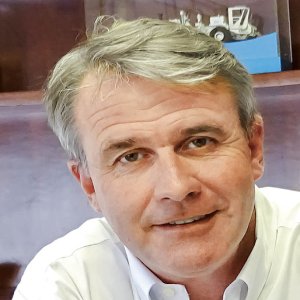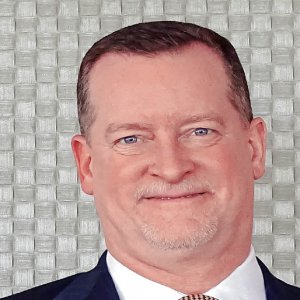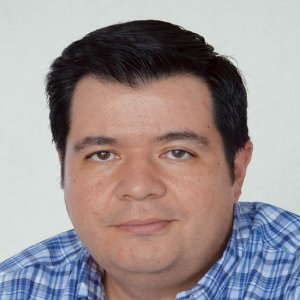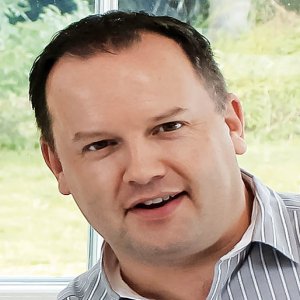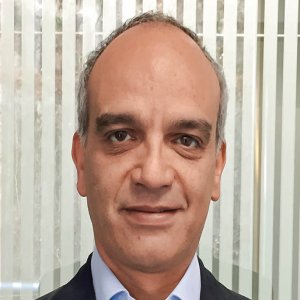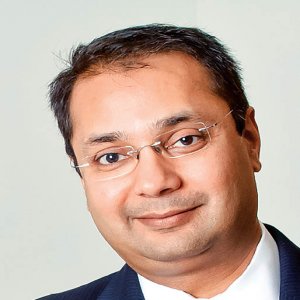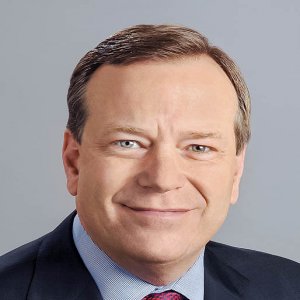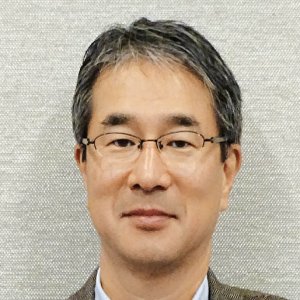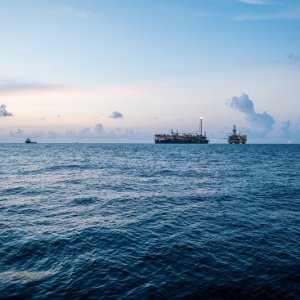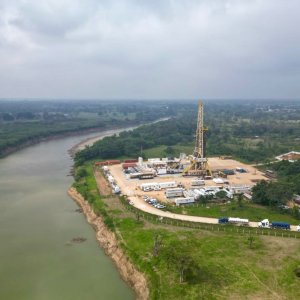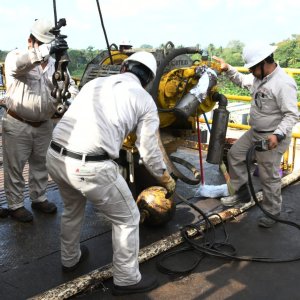Partnership Opens Door to the Other Side of the Gulf

STORY INLINE POST
Q: What motivated Talos Energy to be among the earliest participants in Round One?
A: We have had quite a bit of success in the shallow waters of the US Gulf of Mexico so we were compelled by the unique opportunity that was generated by the end of PEMEX’s almost 80-year monopoly, during which shallow water exploration and production has been such a rich part of its history. Our main objective was to understand how large the resource potential was, and the territory met all of our expectations, but we knew that early participation was going to be critical if we were going to be successful. Everyone was still learning and the process was brand new, with fewer players making bids due to lack of clarity regarding the rules. We hoped limited participation would give us a better chance at being successful with our bid structures. The minimum bids are helpful for the medium-sized prospects that cannot handle a competitive cost-sharing bid, but the larger, more compelling blocks will always be more competitive, and those on which we bid did not require a minimum bid because of their attractiveness. The success of R1- L02 has helped to generate confidence in the popularity of these bid rounds, and the achieved transparency is important for lending credibility to the investment community regarding future projects.
When we partnered with Sierra Oil & Gas, it was able to provide us with a geological framework of the basin, which saved us several months of work. We are extremely comfortable working with geophysical data, making inferences about the resource potential and geology, defining the prospect and shaping this into an economic model. We are proud of our track record of building companies on the US side of the Gulf, but until this point we had not branched out internationally. Premier Oil used its experience in projects around the word to confirm that our ideas could compete with international projects. For a smaller company like ours, this project could potentially underpin the success of our company in Mexico, the US, and other basins. Our initial term on the lease is four years, but we anticipate being well ahead of this timeframe. We expect to drill our first test in Block 7 in 2017, and subsequently in Block 2 in 2018.
Q: How did your path progress from exploratory expertise to operational expertise?
A: The common themes in every company we have built are exceptional operational and technical teams, strong commercial acumen, and deep experience in brokering deals and partnerships. The only difference is scale, and each subsequent project has become more ambitious. Talos was our first company where we began to enter deepwater as well as shallow water, and we started to consider projects on an international scale rather than just locally. Our priorities are to continue to use the latest in seismic technology, employ a solid operating team that can compete with companies around the world regardless of size, and strengthen ourselves commercially in order to understand capital markets and form partnerships. This has been the common thread that has allowed us to become more ambitious and expand with each new project we undertake.
Q: What is your approach to exploring shallow waters on the Mexican side of the Gulf?
A: There are some subtleties in the geophysics between the US and the Mexican side of the Gulf, but generally they are more similar than they are different. We work in the same age of rock, mainly Pliocene and Miocene sandstone rocks at a similar depth and pressure as those on the US side. In future opportunities, we will start evaluating deeper carbonate plays. We were initially working with the same data as all the bidders that purchased the data packs for Round One, but now that we have won the tender, we have the time to reprocess that seismic data, which is something that we simply did not have the time to do before entering the bidding round. On each of the blocks, we developed a geophysical model based on the data we had, knowing we expect to improve the geophysical model after we signed the PSC but before we drilled our first well.
As much as we all prefer brand new seismic data, we have had significant success in reprocessing old seismic sets in the US side of the Gulf, which are similar to those shot by PEMEX. An example of what we are trying to accomplish with our reprocessing is to image the most accurate view of local salt bodies, which can provide the trapping mechanism for a productive oil accumulation. Rather than spending US$20 million on a new seismic shoot over a lease, we can spend US$2 million on reprocessing seismic data and, due to our techniques, this potential generates a similar result. If not, we will consider some new shoots and participate in industry shoots. We have built our strategy around focusing on reprocessing before reshooting, and in our previous company, Phoenix, we were able to take two old data sets from the mid-1990s that were shot by different companies and we merged the data sets together, reprocessed the data, and we ultimately found one of the largest discoveries in the last 20 years in Atchafalaya Bay, in shallow water offshore Louisiana. We therefore seek to reprocess old seismic data and attempt to improve the image before we think about shooting new seismic, and this will be no different in Mexico.
Q: What are some innovative approaches to specialized drilling and completion techniques that you can bring to Mexico?
A: We anticipate the use of relatively traditional methods, but I think where we excel is in our planning and execution. In terms of directional drilling and completion techniques, we are certainly using the most up-to-date methods on par with our colleagues on the US side of the Gulf of Mexico. In such a competitive basin as the US Gulf of Mexico, understanding and using the very latest techniques are essential in order to generate attractive returns in the current environment and continue to attract capital. When our private equity providers underwrote our management team, they were underwriting a highly technical group with a deep understanding of the geology and best operational practices of the US Gulf of Mexico. Therefore, requesting funding for a project to which our skillset could be transferred to the Mexico side of the Gulf proved an attractive financing option for the company.
